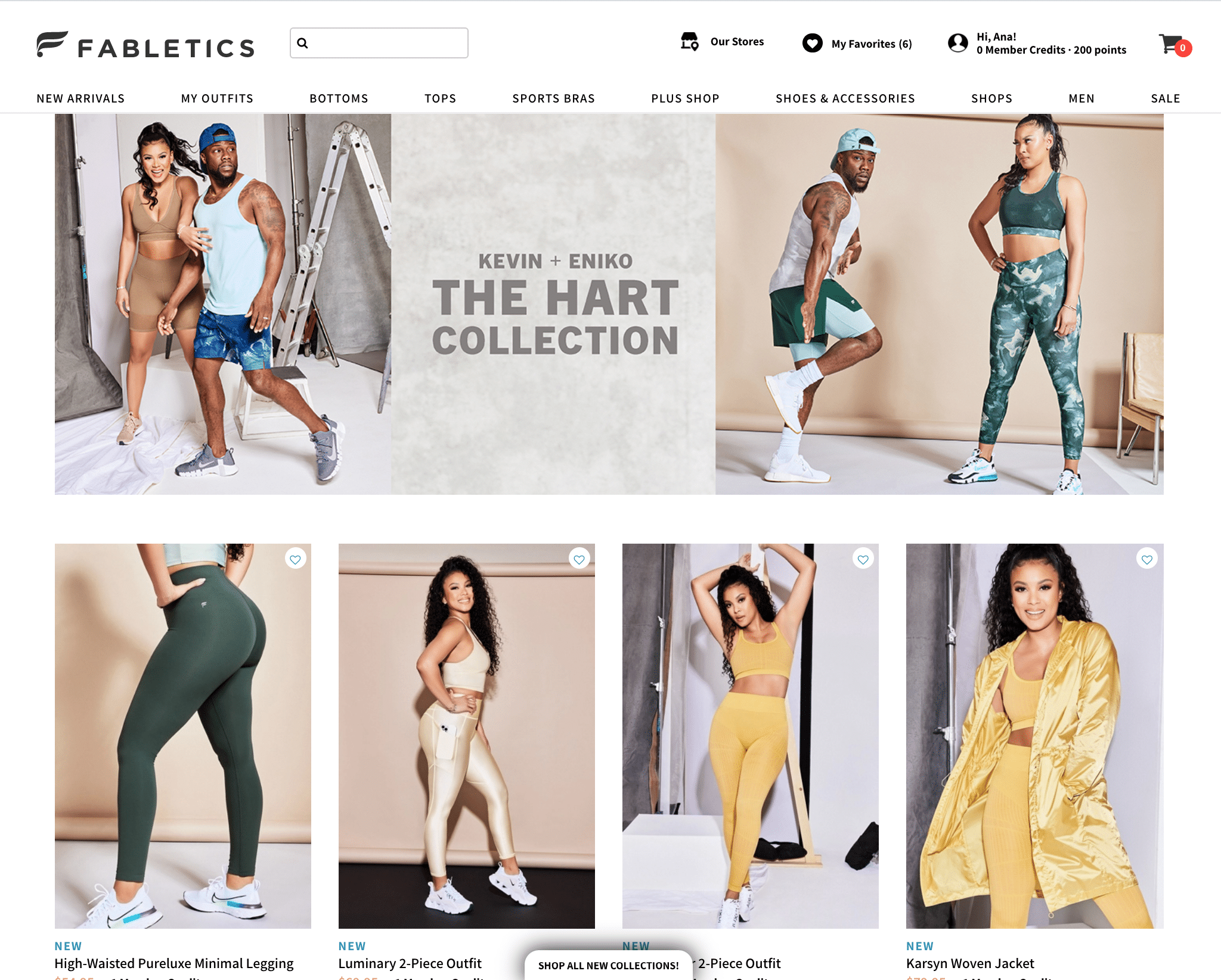If you’re new to the ecommerce, you might be ask yourself, “what is online merchandising, and why do I keep hearing so much about it?”
This quick guide will give you an induction into what online merchandising is and why it matters. Think of it as a crash course on what online merchandising is, its implications, and strategies that can be implemented immediately.
What is Online Merchandising?
The purpose of online merchandising is simple: get the right product in front of the right shopper at the right time.
Why Does it Matter?
Ecommerce platforms make it easy to start an online retail business. This is excellent for entrepreneurship and ecommerce has soared thanks in part to this increased accessibility.
This also means that shoppers have more options than ever before. These options can be a blessing and a curse – decision fatigue is all too real.
For online retailers, increased competition means working harder to stand out. Ecommerce stores that put little thought into site navigation, product arrangement, personalization, and search features will be less successful. On the other hand, when retailers create solid online merchandising strategies, they create a better shopper experience, convert more customers, and grow revenue.
Tried and True Online Merchandising Strategies
1. Optimize Product Arrangement
Arrange products on category and search results pages in a way that they make sense for your ecommerce site and shoppers. Instead of using the ecommerce platform’s default arrangement, optimize how products display based on sales goals.
Fabletics is an expert at merchandising their site in this way. When they releases new monthly collections, they feature the line prominently on their homepage. Later in the month, Fabletics switches up their homepage arrangement with a mix of new products, bestsellers, and sale items.

2. Customize Results Based on Location
Another way to stand out from the competition is to configure your ecommerce store to display specific products, categories, and landing pages based on location. Geo-merchandising brings ecommerce personalization to the next level.
For example, an online garden shop can use geo-merchandising to display plants that thrive in the customer’s growing zone. A sports merchandise store can leverage geo-merchandising to feature apparel from a customer’s local team.




